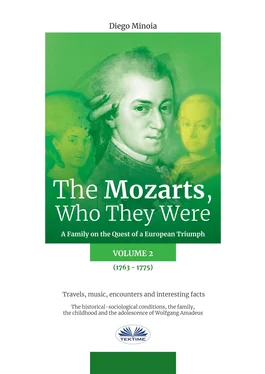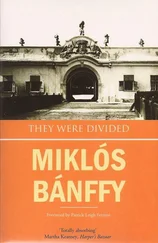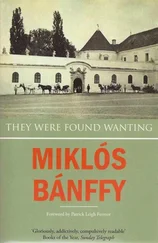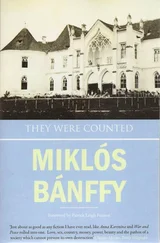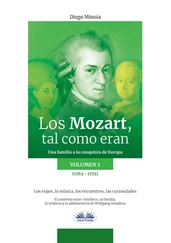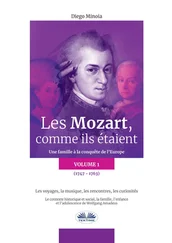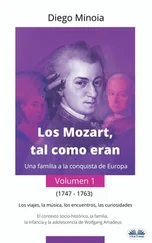So during Mozart's epoch in the European cities, water was not a resource conveniently available to all as it is today.
The scarcity of water was remedied by the amount of underclothes one possessed, moving toward the importance of “good manners”. An unclean body was “covered” by clean clothing (and that is how white clothing became associated with personal virtue).
It was believed that fresh underclothing absorbed the uncleanliness and sweat from the body, leaving it clean. It was, therefore, considered appropriate, as was also ordered by the doctor, to change one's shirt every 2/3 days, more often in the summer or if one was wealthy.
Only the more visible parts of the body were given more attention and care and washed with water: face, hands, neck.
Only a fortunate few (nobility, high-level functionaries, religious institutions and hospitals) received particular “privileges” that allowed them direct access to the public aqueducts, which in any case, were needed by only some neighborhoods.
For the rest, they obtained their provision of water from the common well, at the neighborhood fountain or from traveling salesmen who supplied vessels of water from rivers or canals and went from house to house selling water by the bucket.
However, water from rivers and canals, especially those within the cities, were becoming ever more polluted due to the continual outpouring of waste directly into the watercourses: tanneries, butchers, laundrywomen, etc.
We know that from the 17 thcentury, the main European rivers like the Thames and the Seine, were defined as latrines (the writer Beaumarchais “sarcastically” said that “in the evening the Parisians drink what they had dumped into the river that morning”), but this is still where the Londoners and Parisians obtained the essential quantity of water to quench the thirst of the population.
From the canal system that brought the city's river water to the neighboring areas, the zones located farther away were excluded, and had to meet their need for water by digging common wells (in the courtyards of the residences or in the squares of the neighborhood) or for the wealthy, privately.
But not even wells offered clear water, polluted like the phreatic stratum from infiltrations of every kind, from wells black with cemeterial waste of which epidemics such as cholera and typhus fever originated. When water was not used for external purposes, it had to be boiled.
White gold rapidly became a “necessary luxury”, so much so as to drive the States to massive investments in aqueducts which, as was the case in Paris (nearly by contrast) were financed with a tax on wine consumed in the city.
For a long time running water would be a luxury for only a few and, for those who were lucky enough to live near a fountain (others had to walk long distances with the weight of the supply on their shoulders), the long lines meant a long wait.
It was the women who were prevalently responsible to fetch the water and could carry an average of 15 liters at a time, and then after the tiring journey, had to carry the water four, five or even six flights of stairs to the apartment.
In 1782, hydraulic pumps were introduced by the Perrier brothers that drew water from the Siene and distributed it in the available canalizations, allowing at least a partial operation of cleansing of the main streets, creating a consequential improvement of the salubrity of the air.
Even so, most of the citizens were obliged to continue getting their water from the well and the public fountains, unless they were able to afford to purchase from one of the 20,000 carriers/sellers that were in constant circulation on the streets with their buckets of water.
Another bit of interesting information that Leopold gives us regards the postal service in Paris. On one hand, he complained about the cost of sending/receiving the mail for/from out of town; the letters were weighed and exorbitantly taxed, so he asked Hagenauer to use thin and lightweight paper and for Hagenauer's son, Johann (whose job it was to write any news or facts from Salzburg or anything that might be of interest) to use the smallest calligraphy possible. On the other hand, he commended the so-called “local postal service” that allowed rapid communication in and around Paris (the city was divided into districts and the postage went out four times a day in order to be distributed in the various neighborhoods).
The dimensions of the city, in fact, made moving around the city a long and expensive venture at times, having to pay for public transport (Leopold felt it was of the utmost importance to present himself respectably and avoided traveling on foot to the aristocrat's homes soiled and sweaty from the dirty streets).
One confirmation of his reluctance to walk we find in a letter dated 9 January 1764 when he had just arrived in Paris from Versailles, where he wrote to the notary Le Noir, that he had come to his house only to find that he was out, and highlights the fact that “ I even walked to your house; a noteworthy effort! ”. To evaluate how noteworthy the distance was, we know that van Eyck's residence, where the Mozarts were staying, was at the Place de Vosges , while the notary Le Noir's house was in rue d'Echelle , behind the Louvre and the Tuileries Gardens, approximately 2.5 kilometers of flatland which was the equivalent of a 30 minute walk.
This letter to the notary illustrates another interesting fact: whoever did not have a butler to greet and invite the guests in while the master of the house was out, left a marker board at the entrance where the visitors could write their names in order to know who had paid a visit...and this is what Leopold did. Whenever possible, Leopold used the “ fiacre ”, an enumerated public carriage (something like today's taxi) that he defined as miserable, while on the more important occasions he was obliged to hire a “depot carriage” which was very expensive since it was rented for the entire day, but allowed the carriage to enter directly into the courtyards of the noble palaces (while the fiacre would make its stop on the street and the guests had to walk to the entrance, lowering the perception of their social and economical status).
As we have already said, the Mozarts reached Paris on 18 November 1763 and it was Leopold's desire to get busy with organizing the exhibitions, obtaining glory and money. But as luck would have it, a mournful event had taken place that involved the French Court (the death from smallpox of Infanta of Spain Princess Isabella of Parma, niece of Louis XV), imposing a period of mourning during which fun and entertainment were suspended. The Mozarts had to wait well into December before they were able to present themselves to the principle people of the city, but thanks to the Baron Friedrich Melchior von Grimm, writer and person in charge of the affairs in Paris of the Princedom of Frankfurt, put in a good word for them and they were invited to Versailles, seat of the Court of Louis XV, where they were guests for sixteen days at the Au Comier Inn.
Friedrich Melchior von Grimm (1723-1807) writer and diplomat
Appointed Secretary to the Count von Friesen in Paris in 1749, he became responsible for the affairs for the Princedom of Frankfurt.
He was a person of vast culture, and friend of the encyclopedia writers Rousseau, Diderot and Voltaire, not to mention editor of the two-year newsletter “Correspondance littéraire, philosophique et critique” whose purpose was to inform the European Courts (from the German to the Czar of Russia) of the new Parisian cultural fashions and trends, intended in that period to be imitated throughout Europe.
In the dispute between those who supported Italian opera and those who admired the style of Gluck, he took sides, openly and with all the weight of his Parisian aristocratic relations in favor of the Italian style.
Читать дальше
